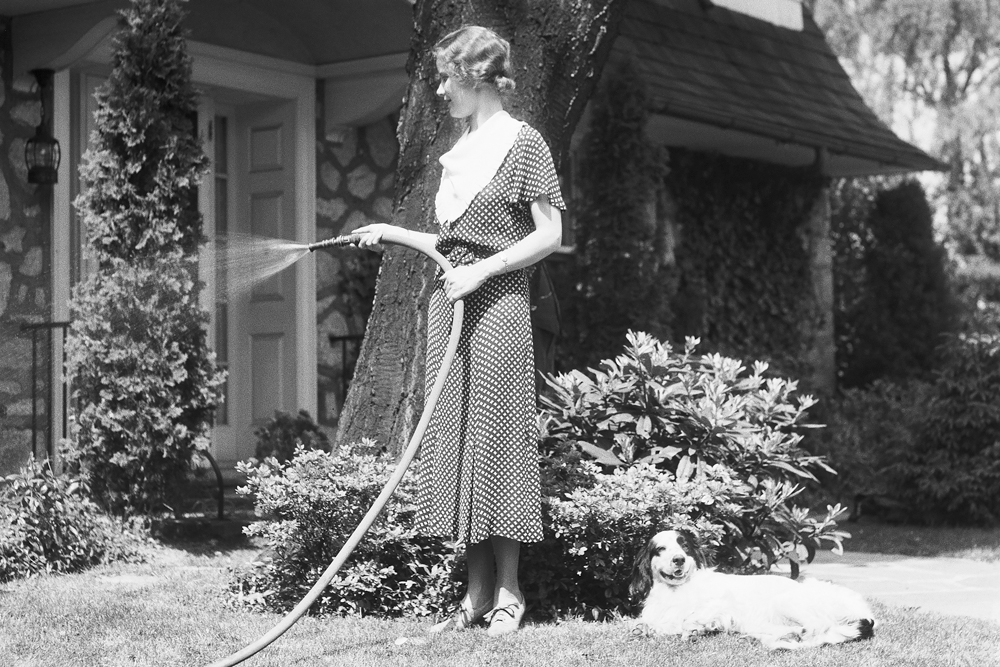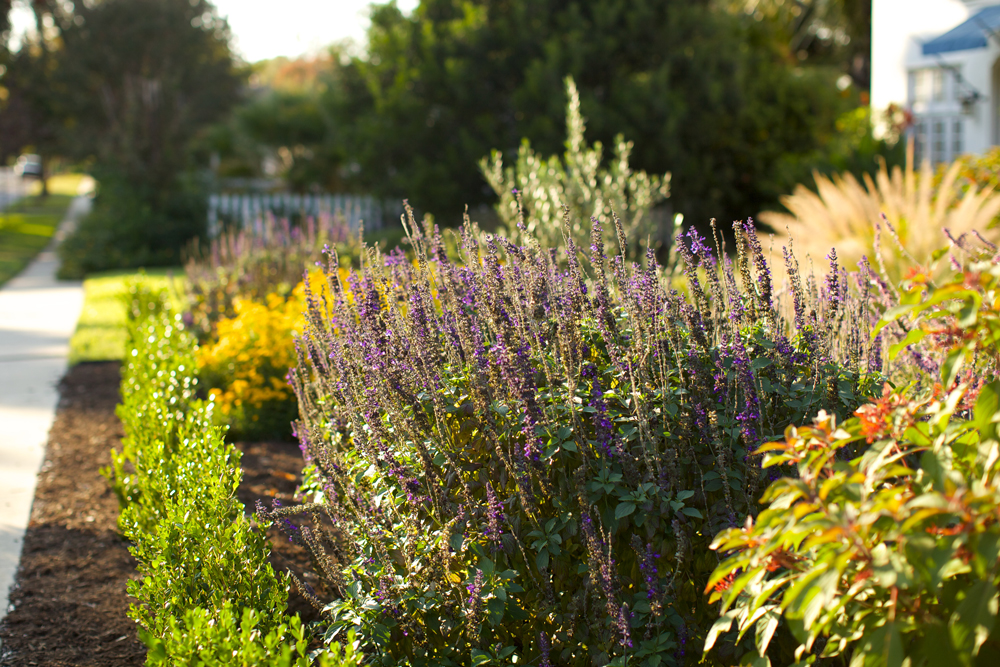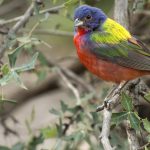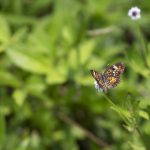Automatic irrigation may seem like a convenient way to maintain a verdant landscape, but it comes with a lot of problems for unsuspecting homeowners and the environment.
The rise of the machines is upon us. While automatic irrigation systems are great at putting out a lot of water all at once, they’re also very good at draining the aquifer and your wallet, even when maintained perfectly and scheduled reasonably.
Depending on the settings, simply turning on your irrigation system in spring can easily double, triple, or quadruple your water bill. So, what did people do before the rise of widespread automatic irrigation? They used a good old-fashioned watering hose.

Back in the day, running through a sprinkler was one of the best ways to cool off on hot summer days. It was also the main method of establishing landscapes and trees. Ever stroll through older neighborhoods like King William and Woodlawn Lake to admire the bountiful shade and lush landscapes? They were thoughtfully watered with hand-held hoses — not automatic sprinkler systems.
Hose-watering is still the single most efficient way to water your landscape and it’s the only method with a real brain attached. With a hand sprayer or hose-end sprinkler, you’re much more likely to water only the plants that need it, when they need it.
Recent rainfall and mild temperatures make it easy to forget that summer scorch is right around the corner. If you’re looking to save money this summer, go old-school and dust off the hose-end sprinkler in the shed. Just keep in mind that we’re still under Stage Two watering rules. The same rules apply to hose-end sprinklers.
Keep these best practices in mind:
- Use a hose-end nozzle with a shut-off. Water flows from a garden hose at an average of 5-7 gallons per minute. Attaching a water-efficient nozzle to your hose will make sure the water is only on when you need it.
- Give thirstier plants more water if needed between regular watering times. Over time, you can either replace plants that need too much water, or move them closer to the hose bib, so it’s easier to water them.
- Pair hose-end sprinklers with a faucet timer (or the timer on your phone or oven).
- Don’t water longer than necessary. Twenty minutes in any given spot is more than enough for the week.
In San Antonio’s climate it’s always better to water plants deeply once a week rather than every day. This helps your plants grow deeper roots that are better able to find water underground. You only need to water the top few inches of soil to reach most grass and perennial roots. Watering too often turns your plants into “water babies” that are never self-sufficient.
Grass is the one part of the landscape that cries for the most water, so strive to convert the front strip, edges, fence lines and other non-essential curb appeal areas of the lawn to mulched garden beds that don’t need extra fuss.

SAWS WaterSaver Landscape Coupon earns you a $100 coupon for every 200 square feet of grass you remove — up to $400! Reducing the amount of grass in your landscape may also give you the option to ditch your costly in-ground sprinkler system for the “Betamax of irrigation” — the humble garden hose.
But the best part is SAWS will pay you between $450 and $5,000 (usually somewhere in the middle) to retire your irrigation system.
Ready to take the first step and go back to the basics? Schedule a free irrigation consultation today.




